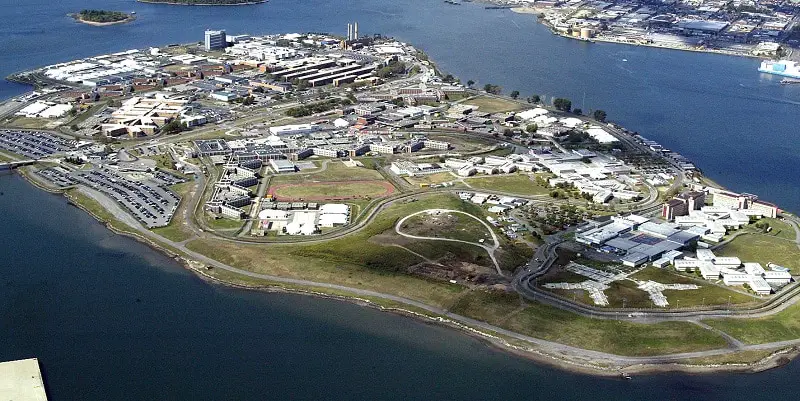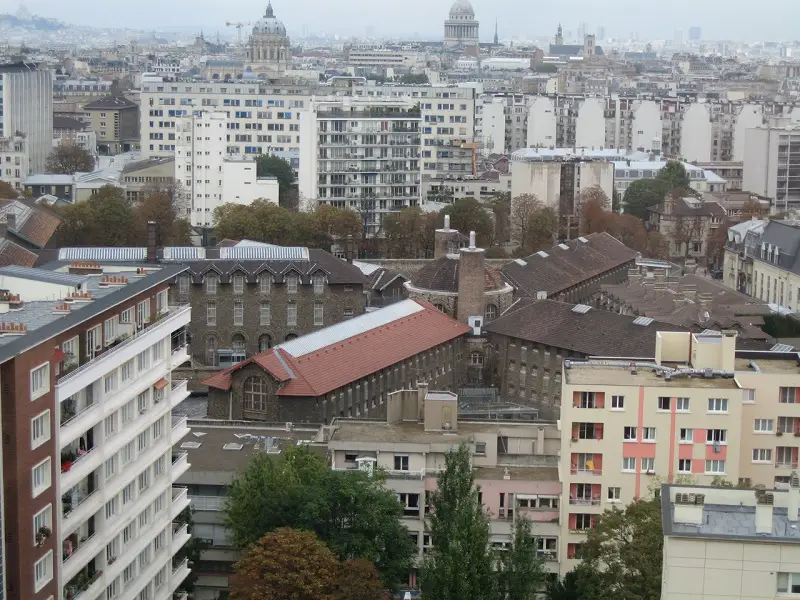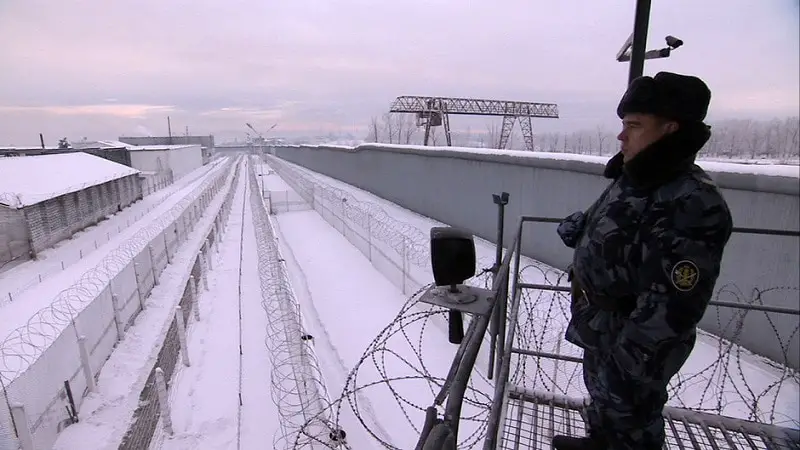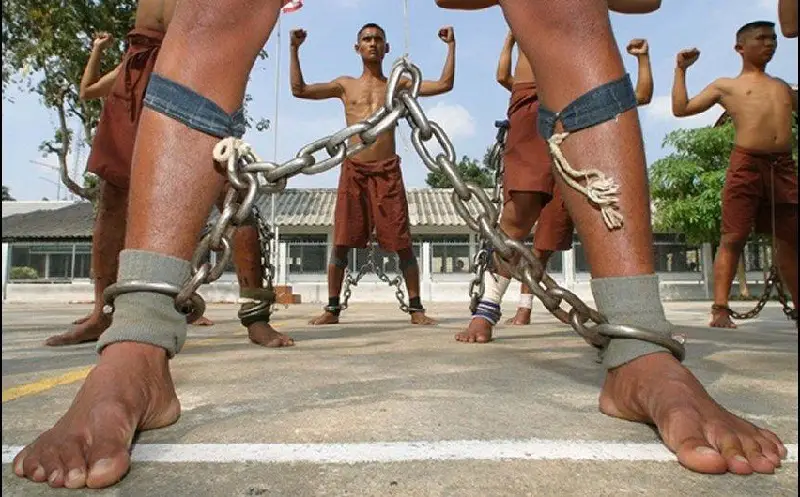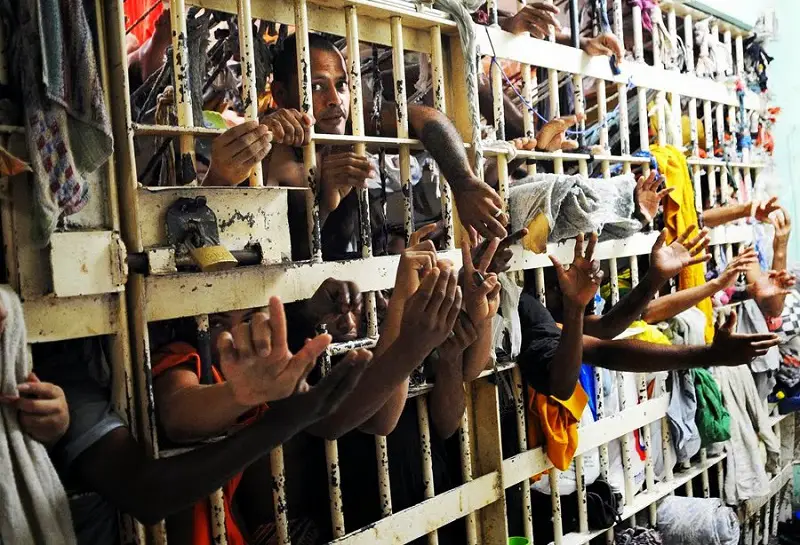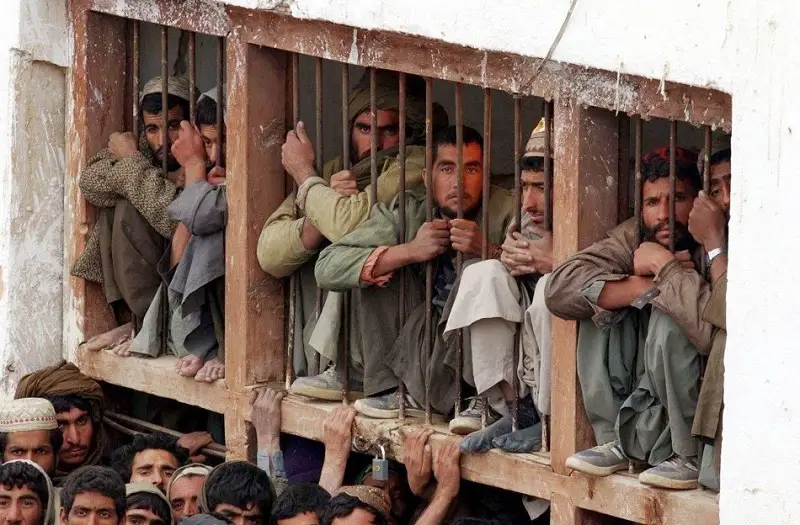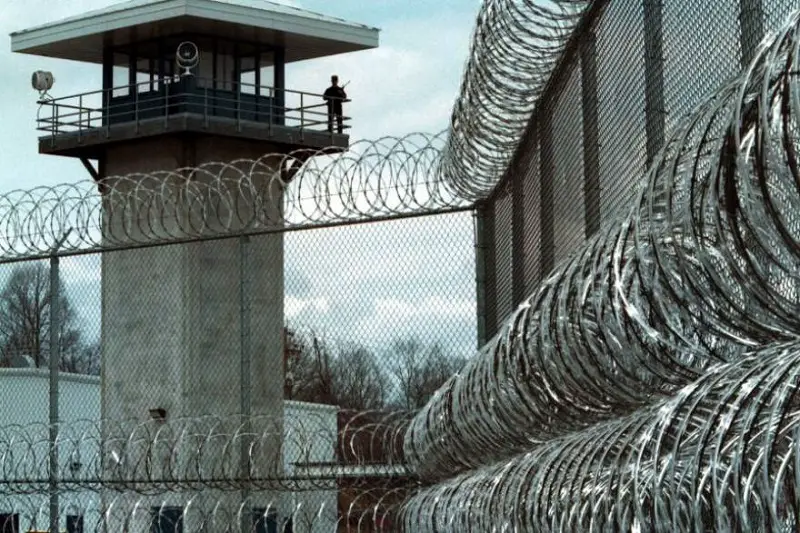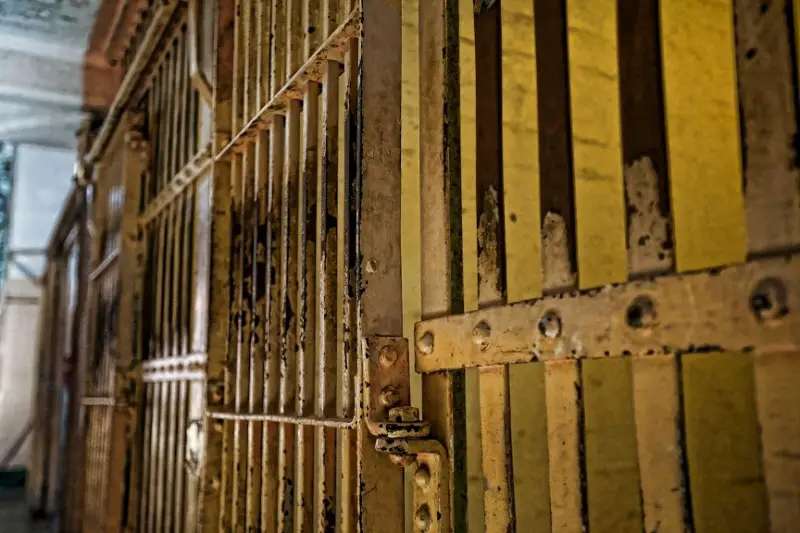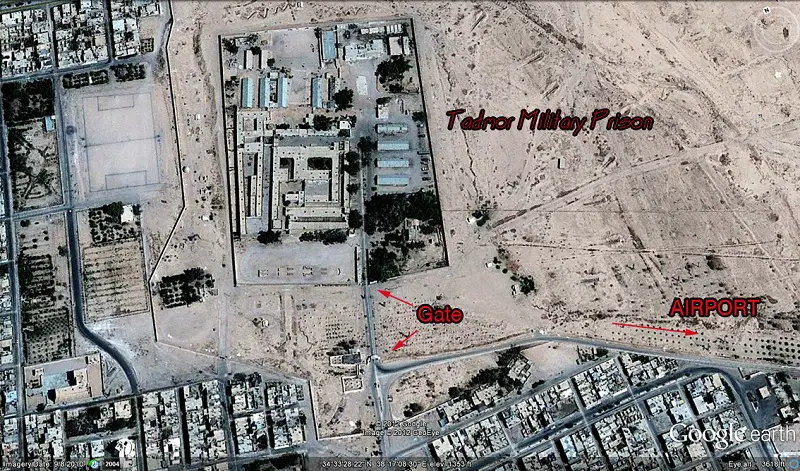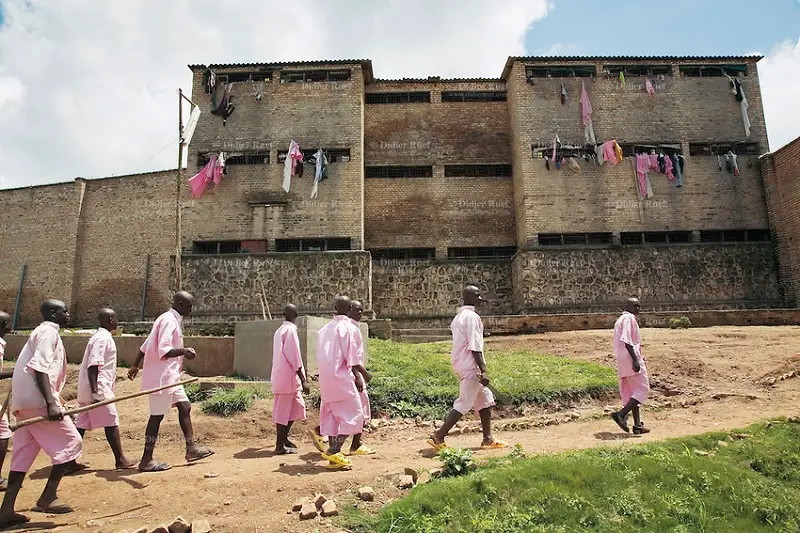10. Rikers Island, New York, New York
Source: Link
Inmates here group themselves by race in order to avoid riots. A number of gangs such as the Latin Kings, Bloods, Crips and Trinitarios have large numbers here. Beatings, murders and stabbings were common in the 90s. Although stricter policies have been enforced, it has not stopped the violence. Rikers Island is a prison complex in New York that is named after the island on which it is located. The island itself is in the East River and covers an area of approximately 413 acres. The island was named after Abraham Ryckens who acquired it in 1664. The institution is managed by the New York City Department of Correction and has a budget allocation of more than $ 800 million annually. A team of 10,000 agents and 1,500 civilians are in charge of the admissions of 100,000 annually and an internal population of almost 10,000. The jail complex is also famous for the abuse and neglect of prisoners who attract the attention of the media and the judiciary, resulting in several lawsuits against the New York government. It is also a dangerous place to work for both the civilian and the officers due to the numerous attacks of the inmates. Riker Island is not a prison according to US terminology. The complex consists of 10 prisons that detain criminals who are awaiting trials, prisoners serving sentences of one year or less, and those awaiting transfer to another facility. The island is home to ten of the 15 correction facilities in New York. The complex can accommodate up to 15,000 inmates. The complex has facilities for young adult men between the ages of 16 and 18, teenage women, adult women and men, and an infirmary for prisoners who require medical attention. Inmates with contagious diseases are in the West Facility. Inmates who need extreme protective custody or who have special health needs are in the Northern Nursing Command. The island can only be accessed from Queens through the Francis Buono Bridge. The desire to establish a prison on the island was first expressed by New York City in 1925. The prison was built in 1932 to replace the old prison that was on Welfare Island. Rikers Island was subsequently expanded from 90 acres to 415 by 1945 using the landfill. The expansion of the island allowed the prison to also expand. The House of Detention for Men was completed in 1935. Several correctional centers were built on the island to meet the growing demand. Today, the complex has ten prisons and several facilities with a capacity to accommodate 15,000 inmates and has a daily average of 10,000 inmates, while the daytime population, including inmates and staff is 20,000. Click the next ARROW to see the next image!
9. La Sante Prison, Paris, France
Source: Link
Prisoners here share their cell with rats and lice. Just like any other prison, the stronger inmates dominate the weaker ones. What’s worse is that rape is common here. The violence coupled with the unsanitary conditions result in prisoners suffering from depression, and some even commit suicide. Click the next ARROW to see the next image!
8. Petak Island Prison, Russia
Source: Link
Surrounded by freezing waters, escape is next to impossible in this prison. Called the “Alcatraz of Russia,” this is where the most dangerous criminals of the country are held. Inmates here suffer from mental torture and are just allowed two visitors per year. Click the next ARROW to see the next image!
7. Bang Kwang Prison, Thailand
Source: Link
Prisoners awaiting their sentences wear shackles around their legs for three months while those awaiting death row have theirs welded onto their legs. An internal social hierarchy exists here, just like other prisons, where poor inmates serve the wealthy. Click the next ARROW to see the next image!
6. La Sabeneta Prison, Venezuela
Source: Link
This is where the poor are treated like trash while the wealthy can use money to get better living spaces. Being understaffed, it’s not a wonder internal violence is one of its biggest issues. Not only that, poor medical services has led to disease outbreaks resulting in deaths. Click the next ARROW to see the next image!
5. Diyarbakir Prison, Turkey
Source: Link
The torture that went on during the early years of the prison was called “the period of barbarity” and “the hell of Diyarbakir.” Prisoners were subject to beatings, solitary confinement, being stripped naked, constant intimidation and being blindfolded and hosed. Click the next ARROW to see the next image!
4. Gldani Prison, Georgia
Source: Link
On September 18, 2012, Georgian television began broadcasting a series of videos depicting the abuse – sexual and others – of inmates of this prison. The showing of the footage resulted in rallies held in cities including Tbilisi, Batumi, Poti, Kutaisi and Gori. Protestors were horrified at the abuse of prisoners and demanded justice. Click the next ARROW to see the next image!
3. Abomey Prison, Benin
Source: Link
In 2008, prison conditions were so deplorable that Amnesty International listed Benin in its State of the World’s Human Rights report. Abomey prison, located 150 kilometers north of Cotonou, was highlighted in the report for housing more than 2,000 prisoners while only being able to hold 400. Click the next ARROW to see the next image!
2. Tadmor Military Prison, Syria
Source: Link
Amnesty International called the prison a “source of despair, torture and degrading treatment” in a 2001 report. True, the prison was known for its harsh conditions, its extensive human rights abuse, its torture and its summary executions. In May 2015, the prison was captured and destroyed by ISIL. Click the next ARROW to see the next image!
1. Gitarama Prison, Rwanda
Source: Link
This prison is overpopulated and unsanitary. The jail is so crowded that inmates are forced to stand upright but the ground they stand on is littered with feces. Gangrene is a common issue among prisoners and although amputation procedures are available, they are a gamble at best.

